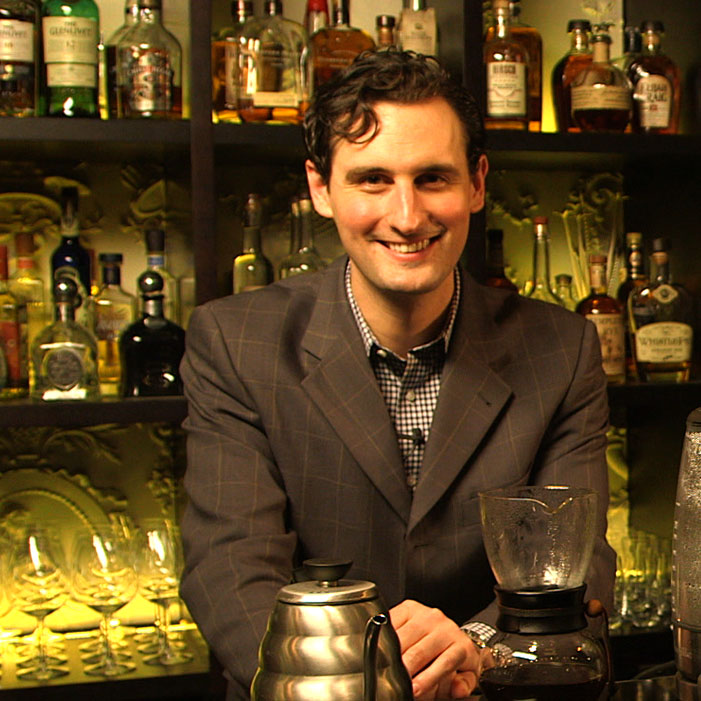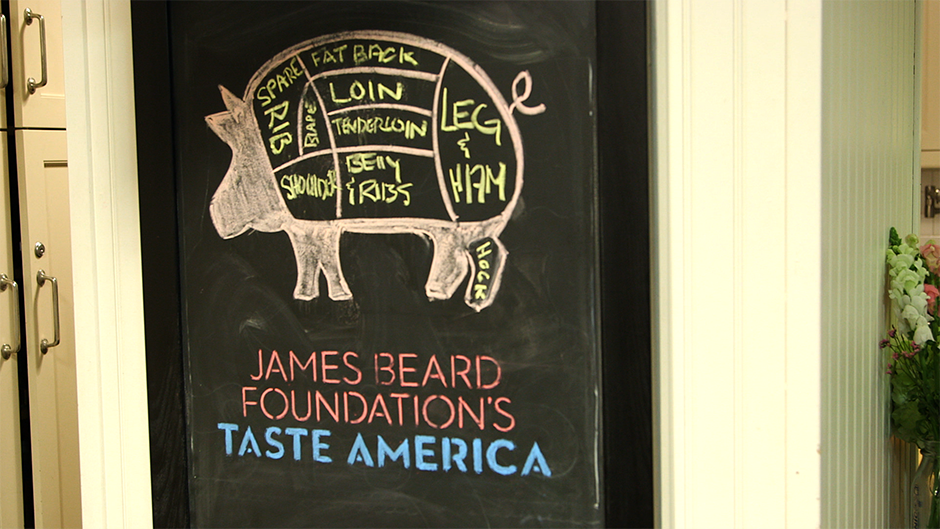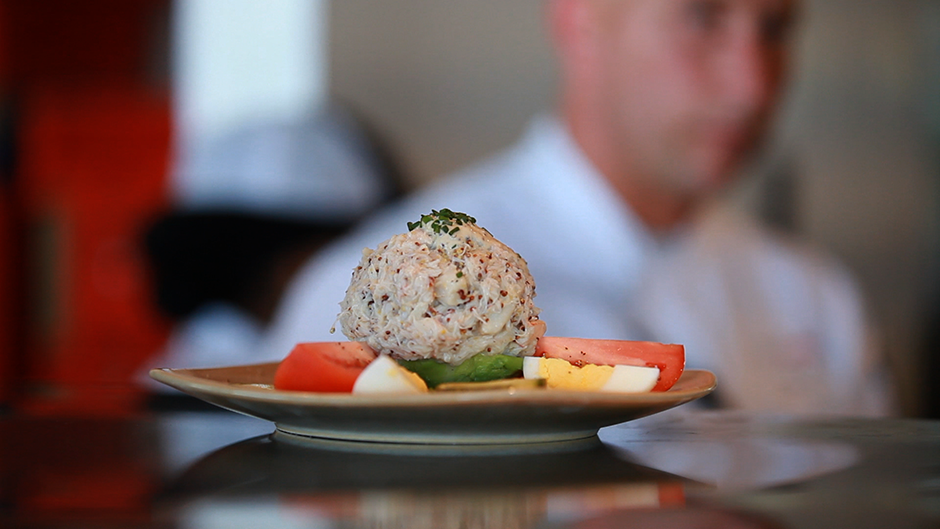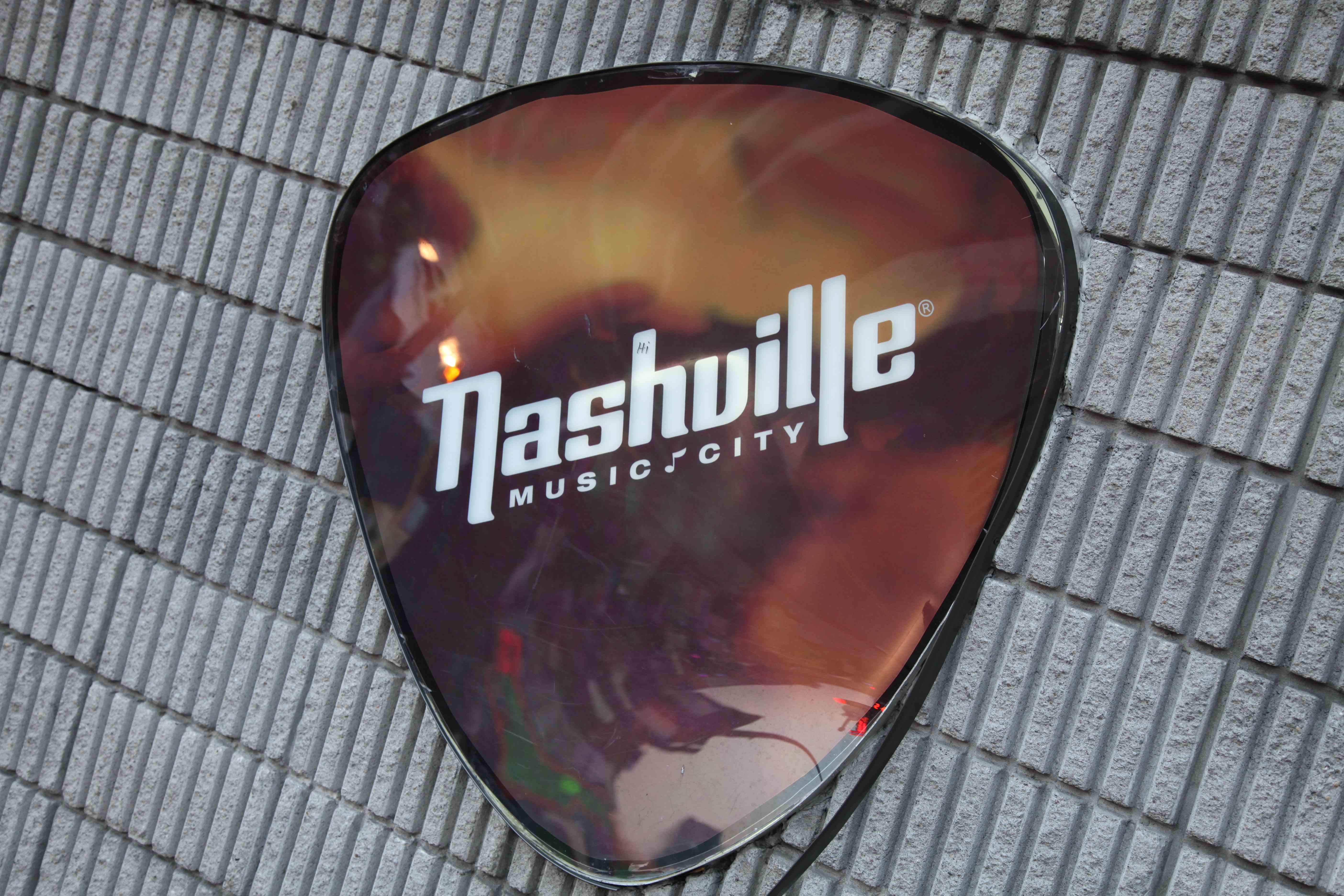When I think about building a beverage program, I don’t think about the kind of drinks that people like; I think about all of the flavor profiles, presentations, sensations, temperatures, textures, and families of ingredients that I can potentially highlight.
For instance, I arrived at the decision to put a classic hot chocolate on the menu by first identifying a need to have something thick, rich, and earthy on the menu, and I knew I could make a hot beverage that had those qualities. Further, knowing that we were moving into winter, I wanted a cure for NYC’s cold winter, both to warm people up as they walked in and also to offer “liquid dessert” at the end of a meal. Warm beverages in general must be evocative. They have to resonate with people on a personal level. Whatever I made, it needed to be something that put a smile on peoples’ faces as they anticipated its arrival. Hot chocolate was the simple result of a complex thought process; it is the only drink that could satisfy all of those needs so well.
There are a million and one things that can be printed on a cocktail menu. When composing a list of offerings for my guests, I strive to convey a message of greater impact, though with fewer words.
Recently, I developed an alcohol-free drink menu for a dinner party we hosted at Betony. The flavors in the drinks were meant to take the guests on a journey that would complement the meal.






